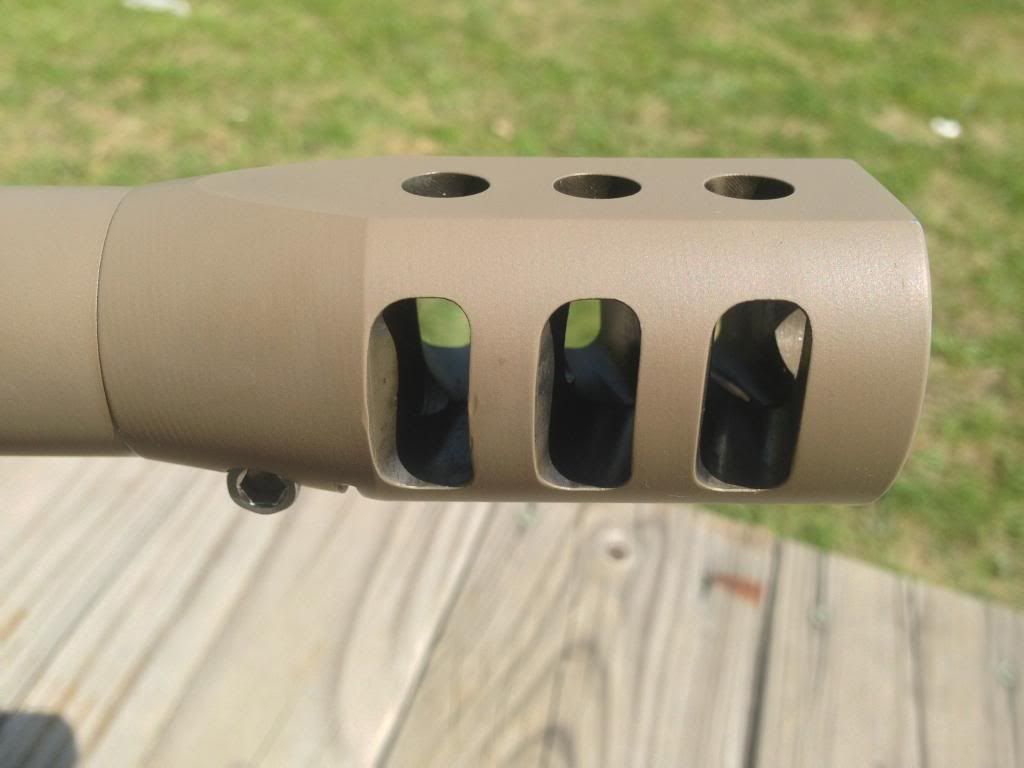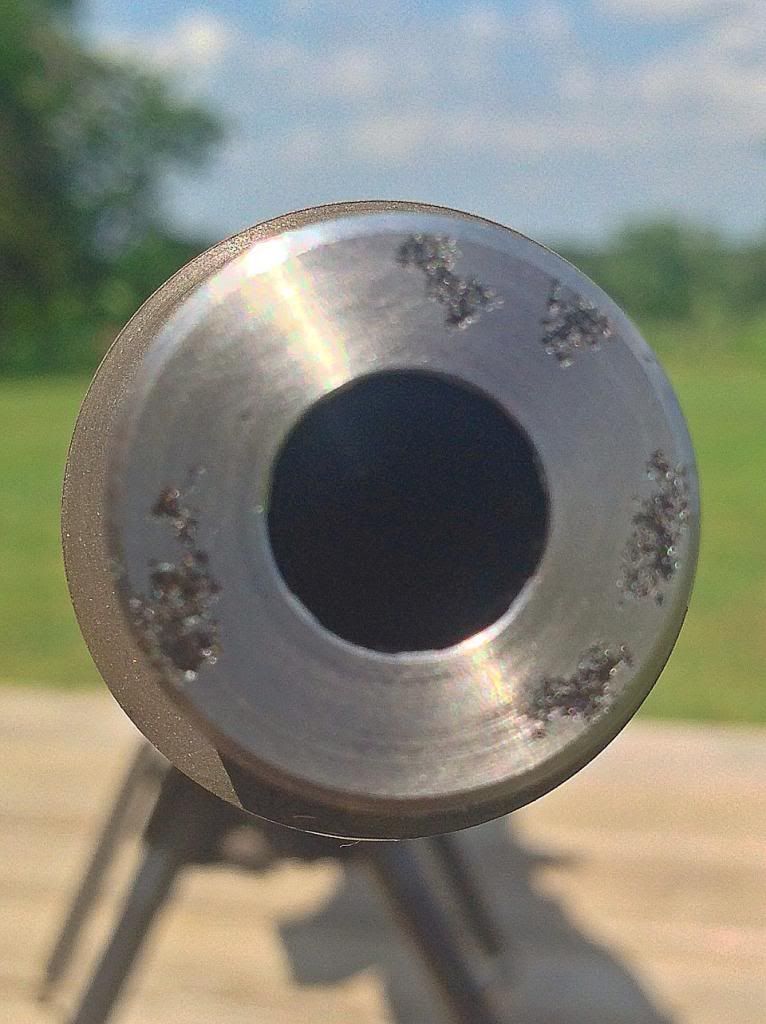I usually don't remove the muzzle brakes on my bolt guns while cleaning the barrels....but today I did, to remove all the carbon buildup. What I noticed was some pitting on the face of the muzzle. Nowhere near the crown, but a small amount of light pitting around the face. There was no rust present, which makes me wonder where it came from. Could it be from the exiting gasses being redirected by the brake?
The barrel is a rock creek.
Do you guys usually remove the brakes from your rifles when you clean them?
Thanks much!
Phillip
The barrel is a rock creek.
Do you guys usually remove the brakes from your rifles when you clean them?
Thanks much!
Phillip



